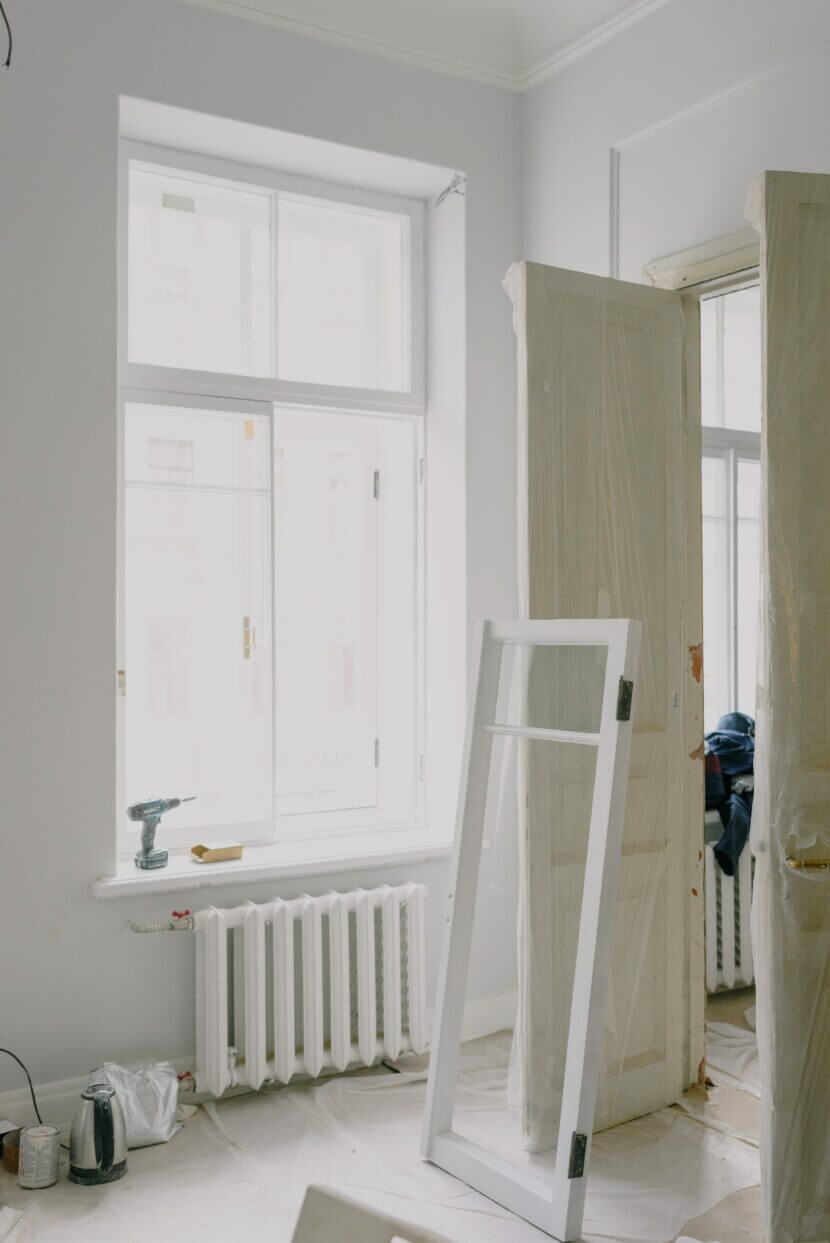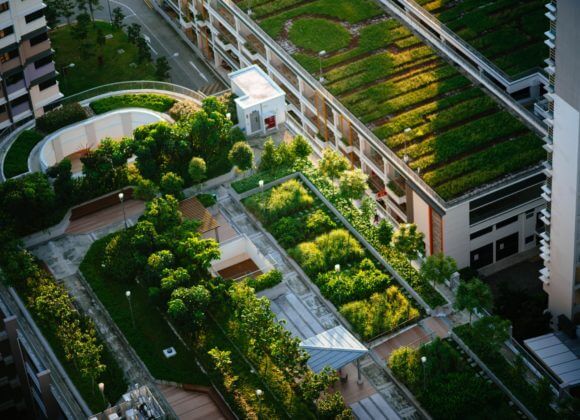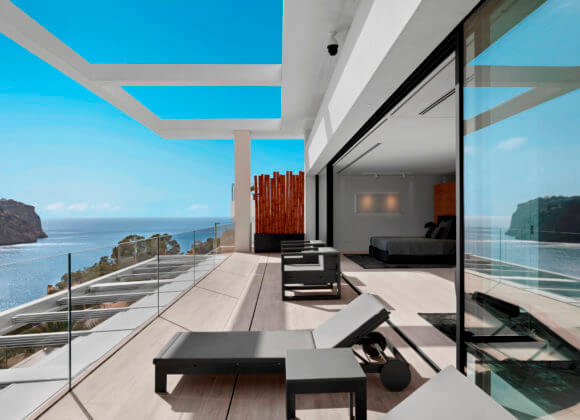How builder models work
The builder-owner model is in demand primarily because of its tax advantages. But real estate investment can do even more.
Real estate has proven its worth as an investment model in times of crisis, and concrete gold enjoys great popularity. However, those who want to invest their savings in this safe haven do not necessarily have to buy a house or an apartment.
“Participations in builder models in subsidized housing also offer real value protection,” knows Michael Baert, CEO of IFA AG, which is part of the Soravia Group.
Specifically, in the builder-owner model, several investors acquire a property, comprehensively renovate it with public-sector subsidies – or completely rebuild the property and then rent out the apartments on a long-term basis.
Ideal share
The investors – the average investment in the classic builder-owner model is 100,000 euros – generally do not acquire an allocated apartment, but rather a corresponding share in the property, depending on the capital contribution.
Depending on the legal form – the investors can either form a co-owners’ association or a limited partnership – they are either registered by name in the land register or as partners in the commercial register. “With a limited partnership, it is then in the land register,” Baert says.
Tax advantages
The main reason for the popularity of the builder-owner models are the tax advantages that can be gained: In this case, the construction costs are reduced over 15 years and not depreciated over 67 years, as is usually the case with real estate.
“The fifteenth depreciation creates a tax loss that is offset against other income, including rental income. The higher the taxation on other income, the more these losses have an impact,” Baert explains.
In addition, advertising costs can be written off immediately. In addition, the investor who has become an entrepreneur is entitled to deduct input tax.
High tax rate
However, the tax effect to be achieved depends on the tax bracket in which the investors are located. “Investors benefit fully from a progression rate of more than 42 percent,” Baert says.
Something else is important from a tax perspective: The model must achieve an overall profit within 25 years. If not, the tax authorities may consider it a hobby, and in the worst case, you could face a chargeback,” says Baert.
But it is not only the tax advantages that benefit investors: “On the one hand, you have a tangible asset, and on the other hand, the vacancy risk and thus any loss of rent is divided up,” Baert knows. However, since rents are capped by the housing subsidy and are thus more favorable compared to privately financed apartments, the latter is low.
Affordable housing
In addition to the investors, however, society also benefits: Tenants can look forward to high-quality yet affordable apartments, since the use of subsidies means that rents are often far below the benchmark. “In Styria, for example, it is two-thirds of the guideline value there,” Baert knows.
The environment also benefits, as existing buildings are revitalized instead of new buildings on greenfield sites, thus putting a stop to land consumption.
Landlust: Luxury real estate in the countryside
Urban: Luxury properties Vienna Urban
Villa location: Luxury properties Villa location
For ski fans: Luxurious living for ski fans
On the waterfront: luxurious living on the waterfront
Hotel service: Luxurious living with hotel service
Exquisite view: Luxurious living with an exquisite view
For golf fans: Luxurious living for golf fans
Classic elegance: Luxurious living in classic elegance













